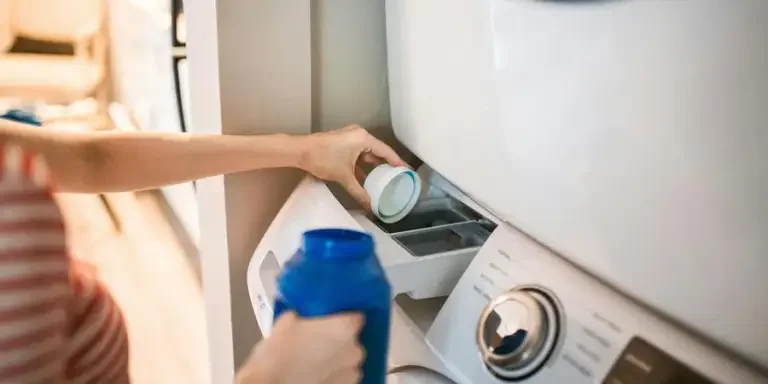When it comes to the care of our little ones, every detail matters, especially the choice of baby detergent. This guide is designed to navigate the often overwhelming world of baby detergents, shedding light on what makes a detergent suitable for babies, the importance of skin-friendly ingredients, and how to make an informed choice that ensures the well-being of your child. With a focus on safety, efficiency, and skin sensitivity, we’ll explore the key aspects that parents care most about.
Table of Contents:
– What makes a detergent baby-friendly?
– The importance of hypoallergenic formulas
– Deciphering detergent labels for baby safety
– Eco-friendly and baby-safe detergents
– Tips for washing baby clothes
What makes a detergent baby-friendly?
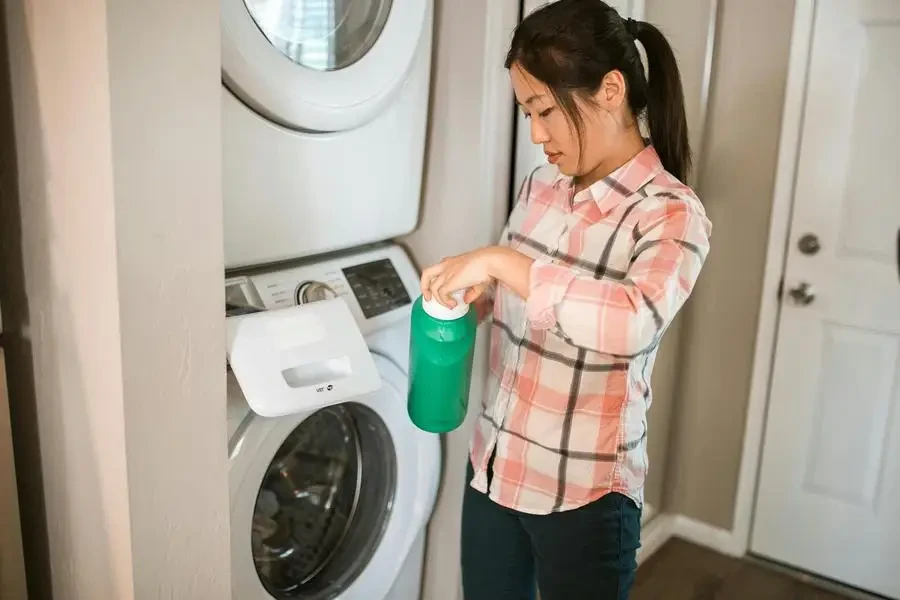
When considering a detergent for baby clothes, the formulation is significantly different from regular detergents. A baby-friendly detergent is crafted to be gentle on the skin while still being effective in removing all sorts of stains that come with baby care, from food spills to diaper leaks. These detergents are typically free from harsh chemicals and fragrances that could irritate a baby’s sensitive skin. Understanding the balance between gentleness and cleaning efficacy is crucial for parents who seek nothing but the best for their child’s skin health.
Moreover, baby detergents are designed with the understanding that babies’ immune systems are still developing. This means that the products used should not only be gentle on the skin but also safe enough not to disrupt the natural development of a child’s defense mechanisms. The choice of a baby detergent, therefore, becomes a part of a larger commitment to ensuring a healthy environment for the baby.
The effectiveness of baby detergents also lies in their ability to rinse out thoroughly. Residue left on clothes can be a source of irritation for anyone, more so for babies. Therefore, a detergent that leaves clothes clean, soft, and free from any residue is a hallmark of a baby-friendly product.
The importance of hypoallergenic formulas

Hypoallergenic formulas are designed to minimize the risk of allergic reactions, making them an essential consideration for baby detergents. Babies’ skin is much more permeable than adults’, making them more susceptible to absorbing substances from their environment, including what’s left on their clothes. Hypoallergenic detergents are formulated to be as gentle as possible, reducing the risk of skin irritations and allergies.
This section of baby care is where empathy towards the child’s health and well-being takes center stage. Parents are often vigilant about any changes in their baby’s skin condition, and choosing a hypoallergenic detergent can be a proactive step in preventing skin issues. It’s not just about cleaning clothes but ensuring that the process doesn’t introduce new risks to the baby’s health.
The selection of a hypoallergenic detergent also reflects a broader understanding of environmental allergies. By reducing exposure to potentially irritating substances from a young age, parents can play a part in mitigating the development of allergies. This careful consideration goes a long way in fostering a safe and nurturing environment for the baby.
Deciphering detergent labels for baby safety
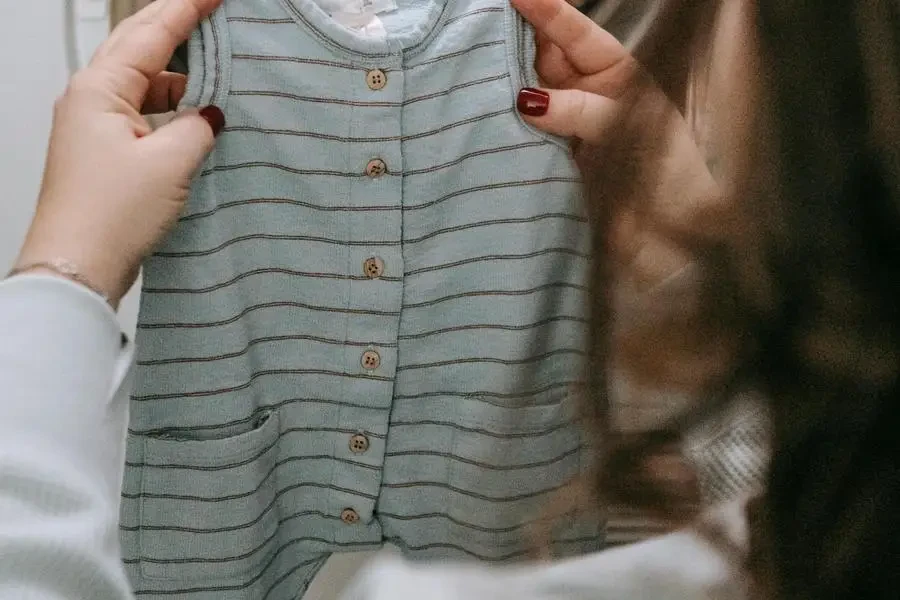
Navigating the world of baby detergents requires a keen eye for labels. Ingredients and certifications can provide valuable insights into the safety and suitability of a detergent for baby clothes. However, this can often feel like deciphering a complex code. Ingredients to look out for include dyes, fragrances, and any known allergens that could be harmful to a baby’s sensitive skin.
Transparency in labeling is a critical factor that aids parents in making informed choices. Certifications from reputable organizations can serve as a guide to the safety and environmental impact of the detergent. These labels act as a bridge of trust between manufacturers and parents, ensuring that the products meet stringent safety standards.
Furthermore, understanding the environmental impact of detergents is becoming increasingly important. Labels that indicate biodegradability or the use of plant-based ingredients can sway the decision towards more eco-friendly options, aligning with the values of sustainability-minded parents.
Eco-friendly and baby-safe detergents
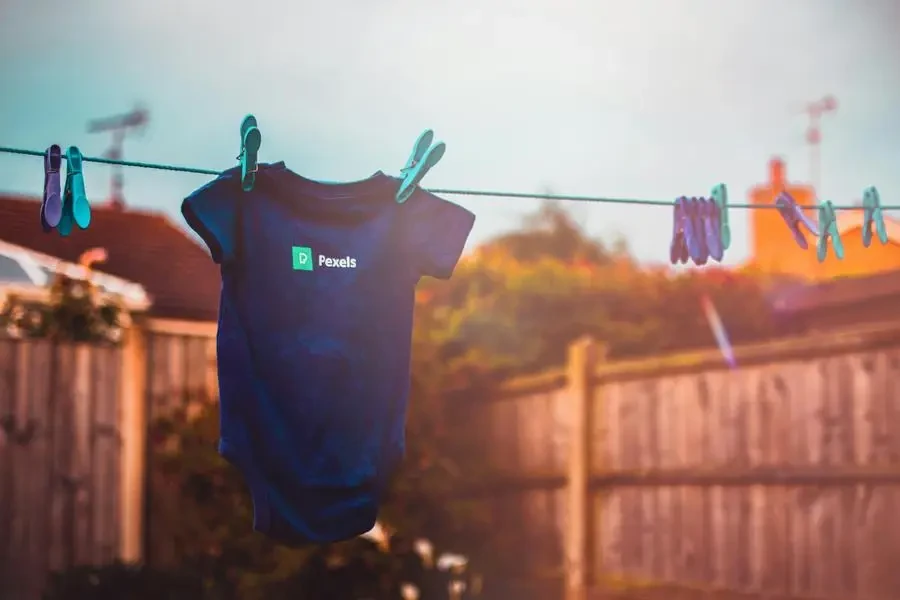
The intersection of eco-consciousness and baby care is where eco-friendly and baby-safe detergents shine. These products are formulated with the dual goal of minimizing environmental impact while ensuring the safety and well-being of babies. By choosing eco-friendly detergents, parents contribute to a healthier planet, which in turn promises a brighter future for their children.
Eco-friendly detergents often boast plant-based formulas that are biodegradable and free from harsh chemicals. This not only reduces the risk of skin irritations but also lessens the environmental footprint of laundry routines. The importance of water conservation and reducing pollution is a critical conversation, and eco-friendly baby detergents are at the forefront of this movement.
Choosing an eco-friendly baby detergent is a testament to a parent’s commitment to both their child’s health and the health of the planet. It’s a conscious choice that reflects a broader understanding of the interconnectedness of our actions and their impact on the world.
Tips for washing baby clothes
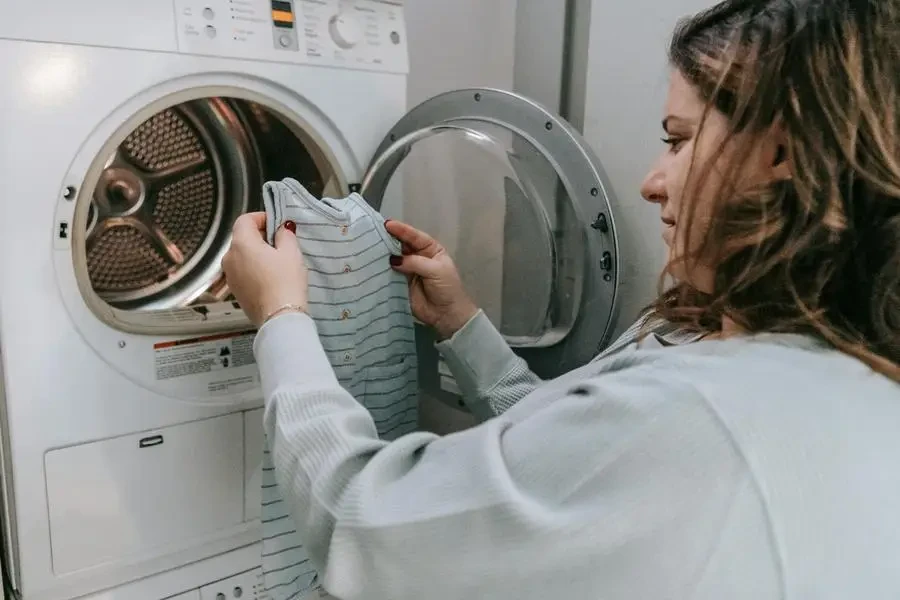
Washing baby clothes requires a gentle yet effective approach. Pre-soaking heavily soiled garments can help in loosening stains before washing. It’s also advisable to wash baby clothes separately from the rest of the household laundry to prevent cross-contamination. Using the recommended amount of detergent is crucial; too much can leave residue, while too little may not clean effectively.
Temperature settings play a significant role in the efficacy of baby detergents. While hot water can be effective in killing germs, it may not be suitable for all fabrics or skin types. Following the garment’s care instructions and the detergent’s guidelines can ensure that clothes are cleaned properly without causing damage.
Lastly, drying baby clothes in a way that maintains their softness and integrity is essential. Whether it’s air-drying or using a dryer, the method should align with the goal of keeping the clothes comfortable against the baby’s skin. This final step in the laundry process is just as important as choosing the right detergent.
Conclusion:
Choosing the right baby detergent is a critical decision for new parents, one that balances efficacy, skin sensitivity, and environmental impact. By understanding what makes a detergent baby-friendly, the importance of hypoallergic formulas, and how to decipher detergent labels, parents can make informed choices that prioritize their baby’s health and well-being. Embracing eco-friendly options further demonstrates a commitment to safeguarding not only their child’s future but also the planet. With these insights, washing baby clothes becomes more than just a chore; it’s an act of love and responsibility.
